Environmental Science Facilities
Living Laboratories
Educational and scientific opportunities thrive here at UW-Green Bay.
Students and professors research and learn side by side with the help of our natural areas and educational centers – in fact, some of our classes take place mostly outside. With our Cofrin Arboretum and four off campus natural areas, you can interact directly with the wildlife and ecology you’re studying. Our museum, herbarium and greenhouse support a more precise examination of specimens.
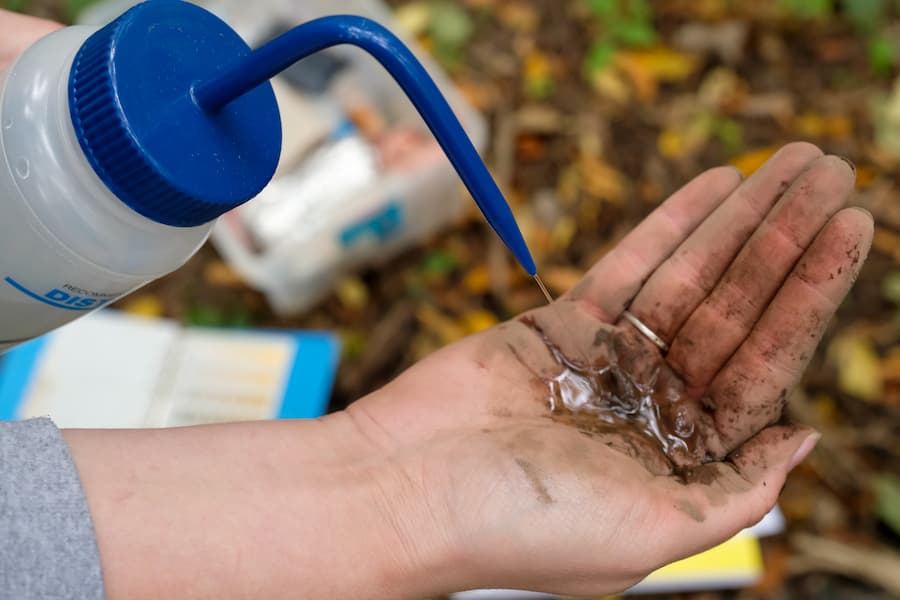
Our Indoor Labs Rock, Too!
In addition to our facilities below, students have access to computer labs and scientific laboratories. General computer labs and two science-specific labs feature geographic information systems (GIS), mathematical modeling and statistical analysis tools. Our scientific laboratories have mass spectrometers, nuclear magnetic resonance spectrometers, gas-liquid chromatographs.
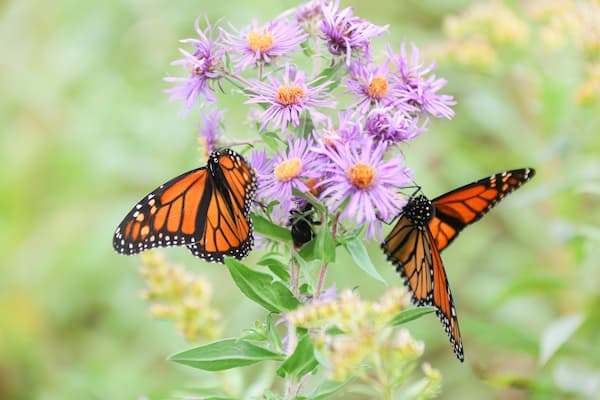
Cofrin Arboretum
With over 290 acres encircling the UW-Green Bay campus, the Cofrin Arboretum provides access for environmental conservation, research and recreation.
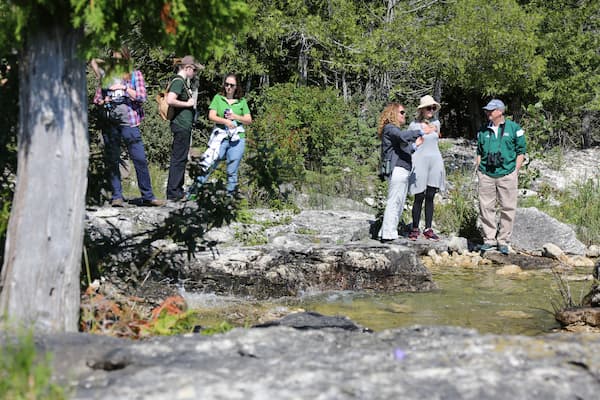
5 Off-Campus Natural Areas
Kingfisher Farm, Peninsula Center, Point au Sable, Toft Point and Wabikon Forest Plot make up the five off campus natural areas located across Brown, Manitowoc, Forest and Door counties.
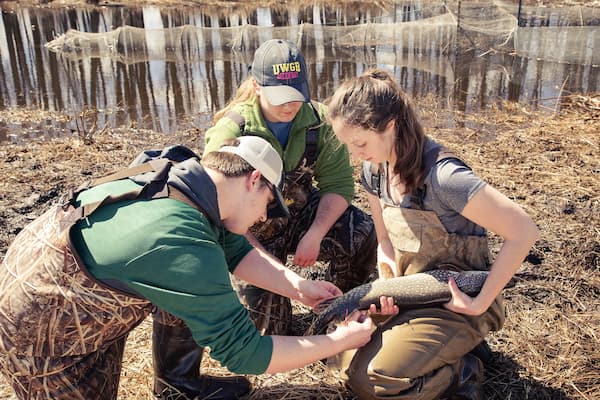
Aquatic Ecology and Fisheries Lab
Located on the world’s largest freshwater estuary, we study everything from sturgeon to zooplankton. We have a fleet of boats (and vehicles to pull them), so get out there and rock the boat.
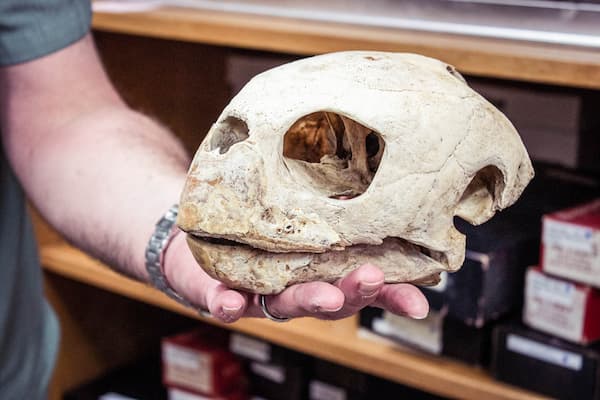
Richter Natural History Museum
Housed in Mary Ann Cofrin Hall, the museum features one of the largest egg collections in North America, along with Wisconsin's most significant collections of animal specimens for scientific research and education.
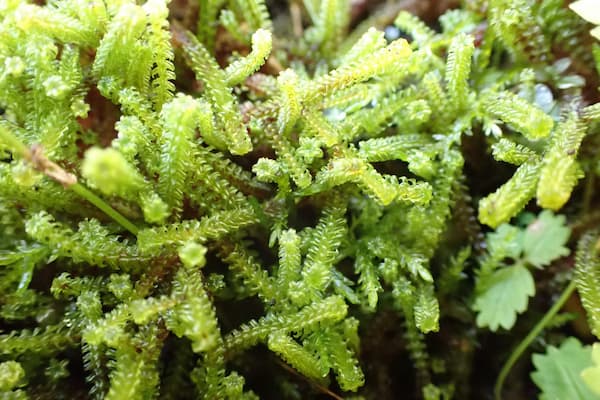
Gary A. Fewless Herbarium
A collection of more than 35,000 dried vascular plant vouchers helps identify and classify plants, which in turn supports our efforts to understand biodiversity and protect endangered plants.
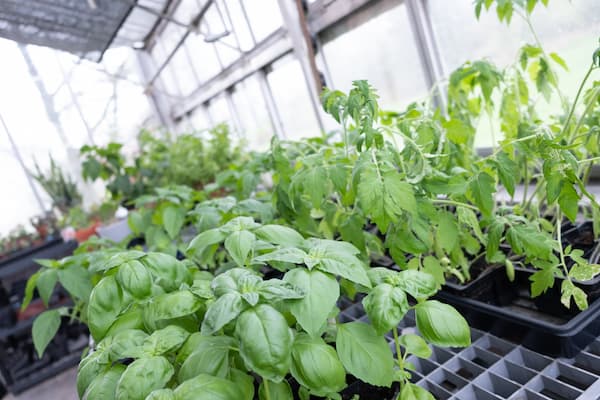
On-Campus Greenhouse
Each year, the greenhouse supports our Heirloom Plant Sale so our campus and our community can raise money for student research. Students are also able to observe plant growth and cultivation in the greenhouse.
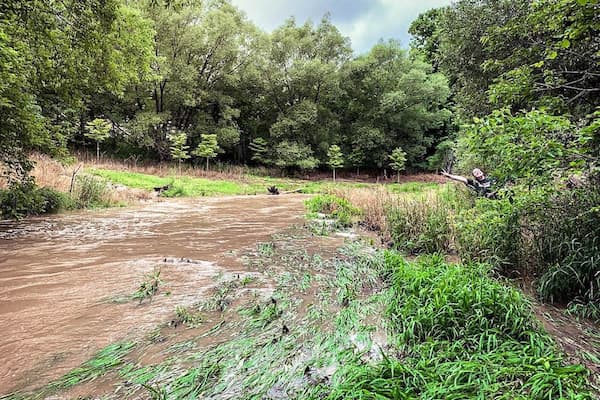
Local Focus, Global Impact.
The Cofrin Center for Biodiversity helps students, faculty and our community get outside and become explorers. Among other resources across our campuses, the center is responsible for managing:
- The Richter Museum.
- The Wabikon Lake Forest Dynamics Plot, one of 40 global forest research plots in the Smithsonian-directed Center for Tropical Forest Science.
- An annual international research travel course in Panama coordinated with the Smithsonian Tropical Research Institute.
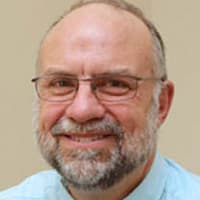
Need Help?
Still curious about how our facilities enable more research opportunities and conversation efforts for the university? Get in touch with us – our professors and laboratory managers are always willing to help you facilitate research.